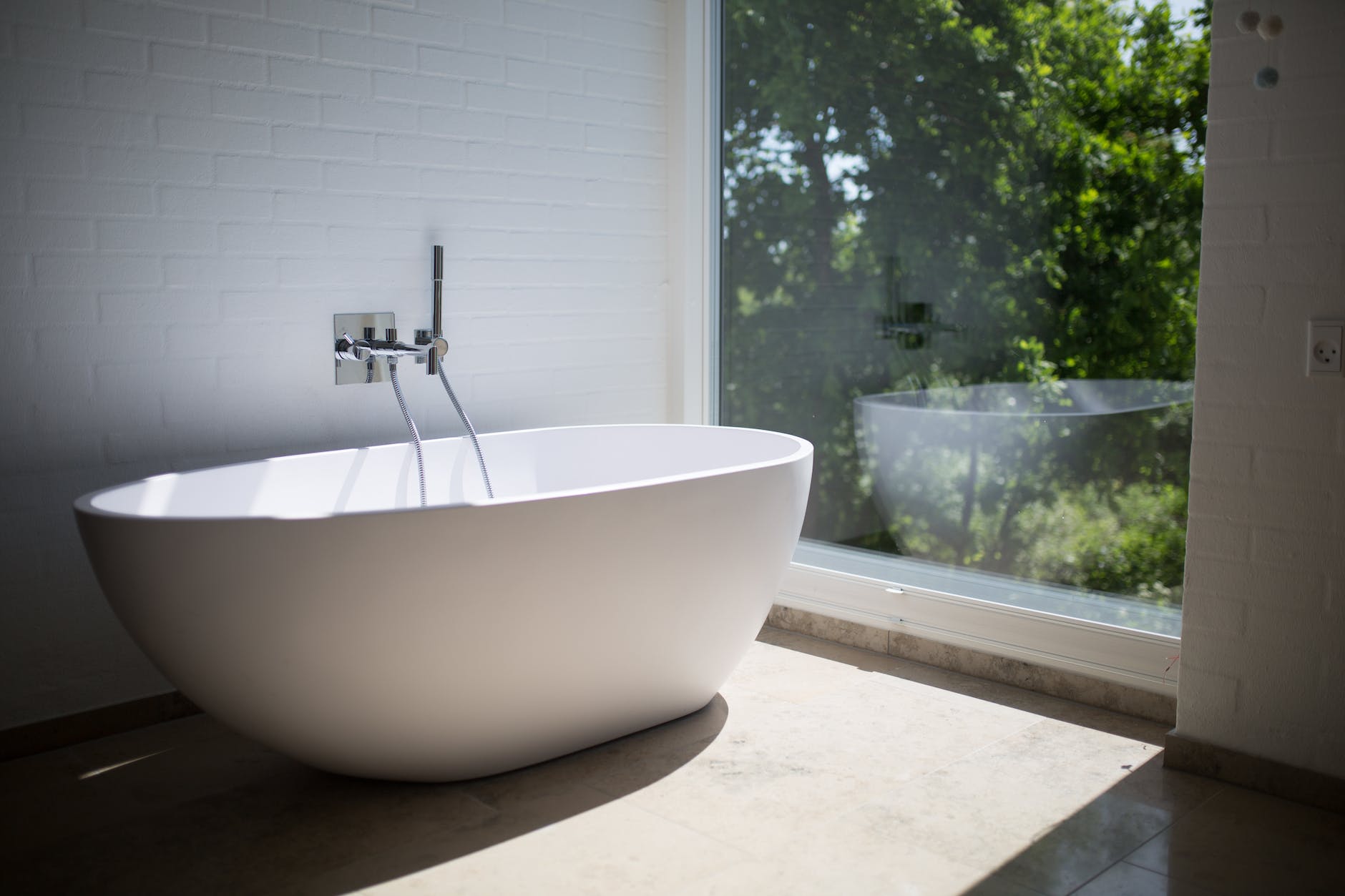
Bathtub
When it comes to selecting the perfect bathtub for your bathroom, you may find yourself wondering whether a solid surface bathtub or an acrylic bathtub is the better choice. Both options offer unique qualities and have their own set of advantages and disadvantages. In this article, we will compare solid surface bathtubs and acrylic bathtubs, exploring their features, durability, maintenance requirements, and overall suitability. By understanding the differences between these two popular choices, you can make an informed decision based on your specific needs and preferences.
Solid Surface Bathtubs: Aesthetic Appeal and Unmatched Durability
Solid surface bathtubs are crafted from a composite material that combines natural minerals, resins, and pigments. This unique composition allows for seamless integration of multiple functions and stunning design possibilities. The solid surface solutions industry offers an extensive range of styles, including the classic solid surface bathtub and the solid surface alcove bathtub. These bathtubs are highly durable, non-porous, and resistant to scratches and stains, making them an excellent long-term investment. With proper care, a solid surface bathtub can maintain its original beauty and functionality for many years.
Acrylic Bathtubs: Versatility and Cost-Effectiveness
Acrylic bathtubs, on the other hand, are made from sheets of acrylic reinforced with fiberglass. They are known for their versatility and cost-effectiveness. Acrylic bathtubs are lightweight, making them easier to install and maneuver. They also come in a wide range of shapes, sizes, and colors, allowing homeowners to choose a bathtub that suits their individual style and bathroom décor. Although acrylic bathtubs are generally less expensive than solid surface bathtubs, they may be more prone to scratching and fading over time.
Durability and Maintenance: A Closer Look
Solid surface bathtubs are highly durable and resistant to scratches, stains, and moisture. The non-porous surface makes cleaning and maintenance a breeze, requiring only mild soap and water to keep the bathtub looking as good as new. In contrast, acrylic bathtubs are more susceptible to scratches and stains. Regular cleaning with non-abrasive cleaners is necessary to prevent the accumulation of dirt and grime. Additionally, acrylic bathtubs may require periodic polishing or refinishing to maintain their glossy appearance.
Customization Options: Solid Surface Bathtubs Take the Lead
When it comes to customization options, solid surface bathtubs offer a wider range of possibilities. With solid surface solutions, homeowners can choose from various colors, finishes, and textures to create a truly unique bathtub that matches their personal style. Solid surface bathtubs can even be custom-made to fit specific dimensions, ensuring a perfect fit for any bathroom layout. Acrylic bathtubs, while available in different shapes and sizes, may have more limitations in terms of color choices and customization options.
Longevity and Return on Investment
Solid surface bathtubs are renowned for their longevity, thanks to their durable construction and ability to withstand daily use. With proper care and maintenance, a solid surface bathtub can retain its beauty and functionality for many years. Acrylic bathtubs, although less durable than their solid surface counterparts, can still provide several years of reliable service. However, it’s important to note that the longevity of an acrylic bathtub may be influenced by factors such as the quality of the materials used and the frequency of use.
In conclusion, both solid surface bathtubs and acrylic bathtubs have their own unique advantages and considerations. Solid surface bathtubs offer unmatched durability, low maintenance requirements, and extensive customization options. They are a long-term investment that can enhance the aesthetic appeal of your bathroom. On the other hand, acrylic bathtubs are more versatile in terms of shapes, sizes, and colors, and they are generally more cost-effective. However, they may require more frequent maintenance and have a slightly shorter lifespan compared to solid surface bathtubs. Ultimately, the choice between the two depends on your priorities, budget, and personal preferences. Consider factors such as durability, maintenance requirements, customization options, and return on investment when making your decision.






